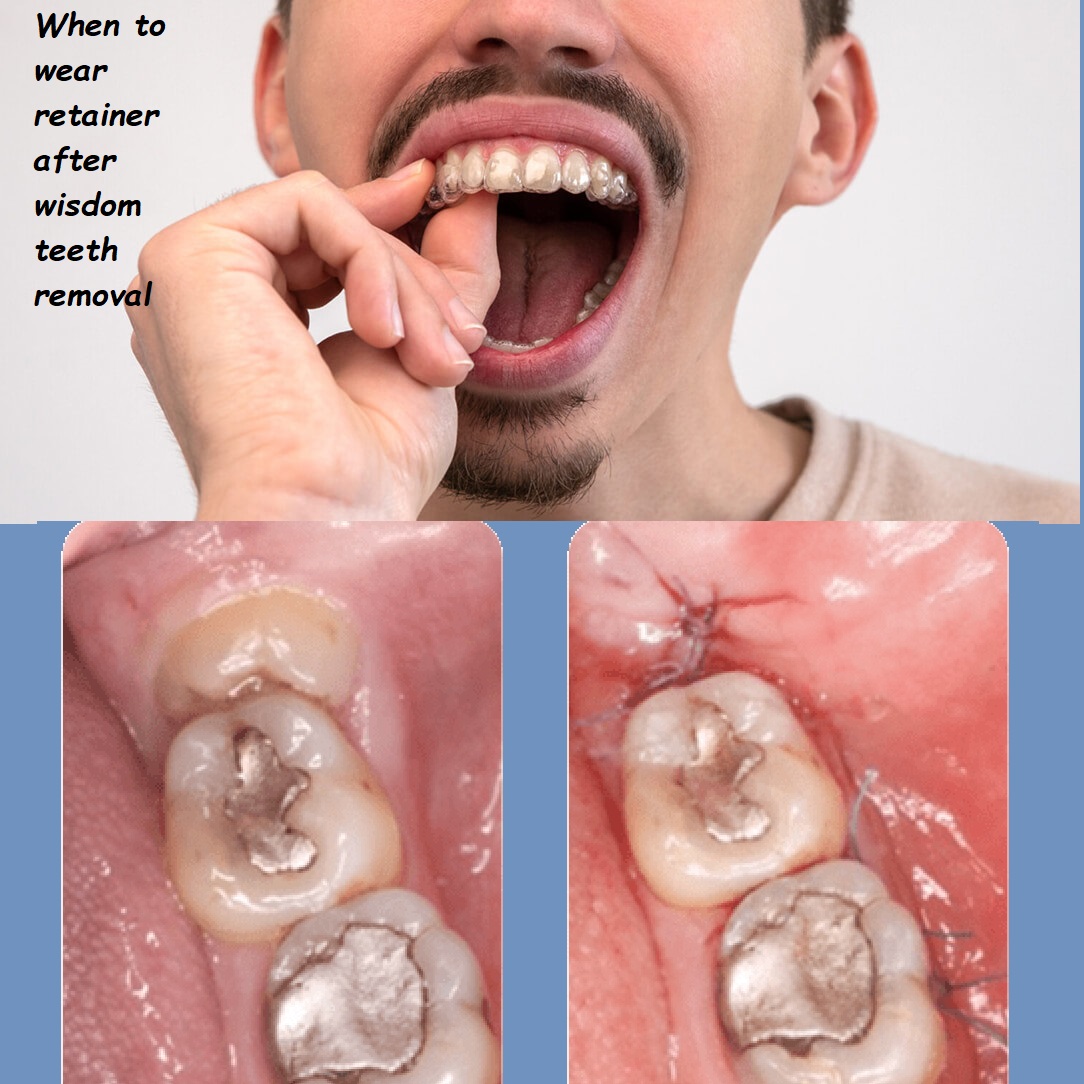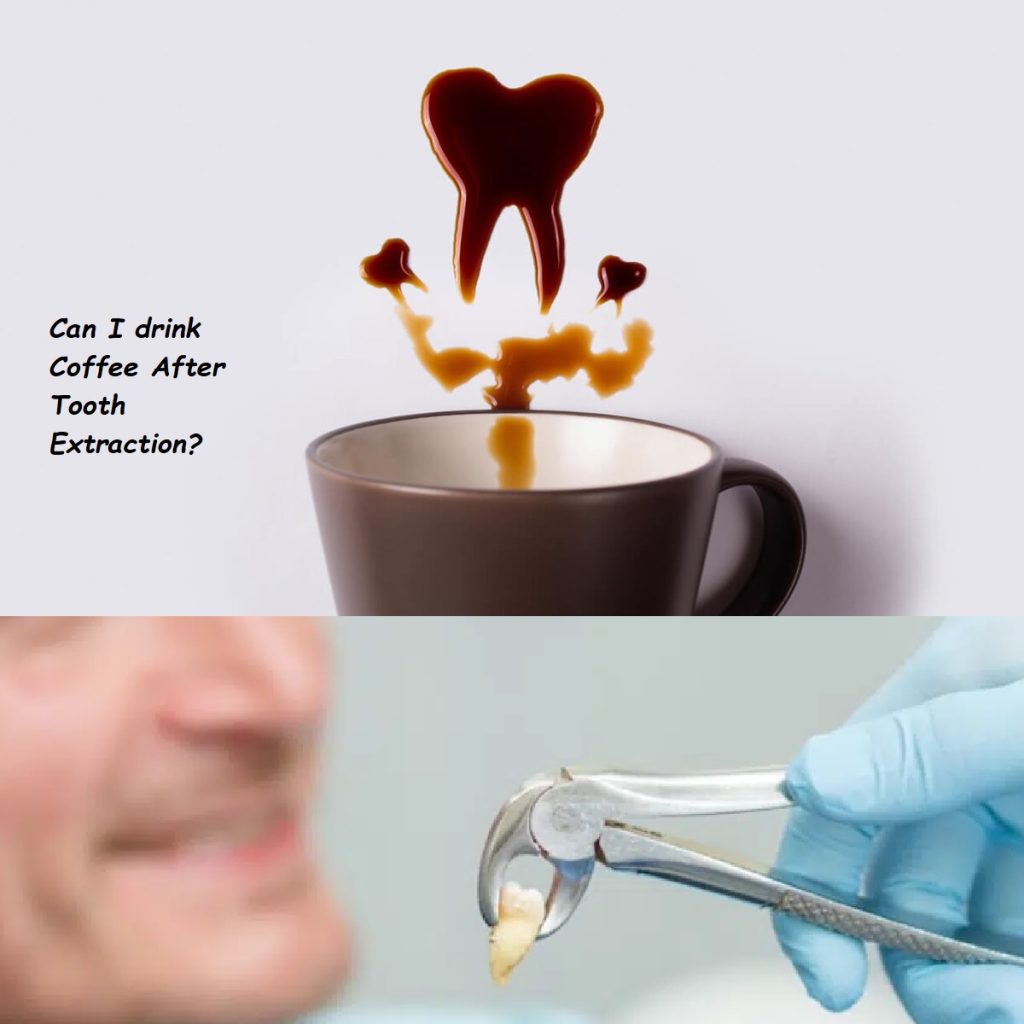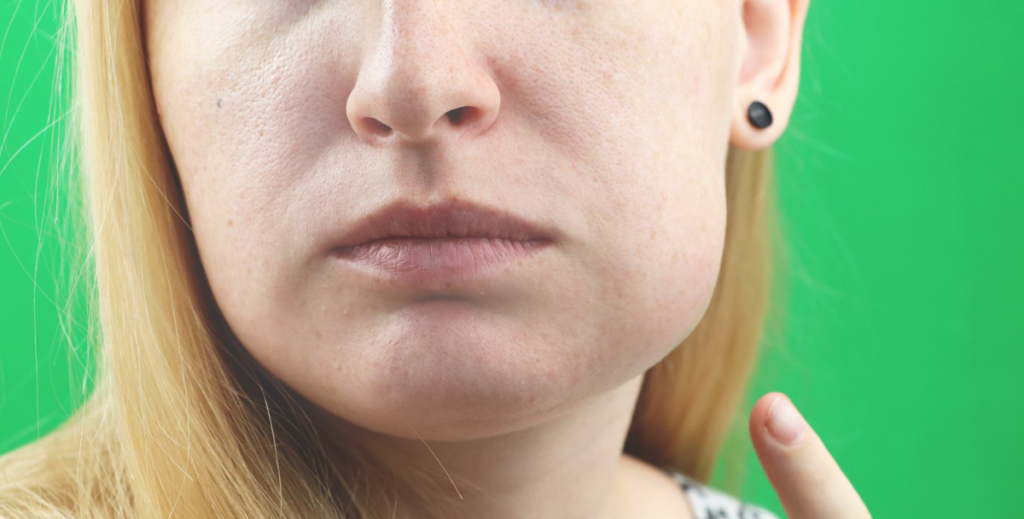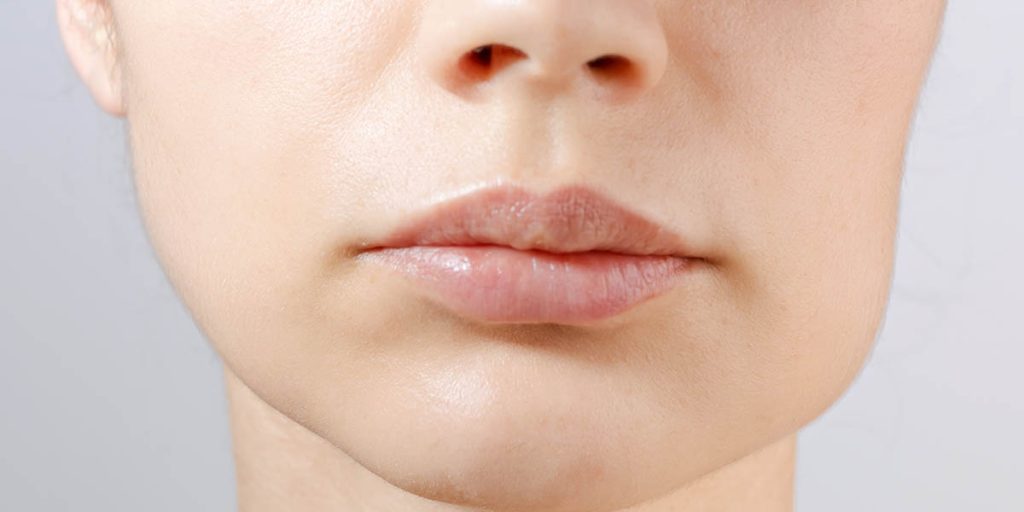When to wear retainer after wisdom teeth removal

When to Wear a Retainer After Wisdom Teeth Removal: A Guide to Post-Surgery Orthodontic Care
If you’ve had orthodontic treatment, wearing a retainer is essential to maintaining your newly straightened teeth. But what happens when you need to have your wisdom teeth removed? Many people who wear retainers wonder how this surgery will impact their orthodontic care. Knowing when and how to wear your retainer after wisdom teeth removal is important for ensuring both a smooth recovery and the continued alignment of your teeth. In this guide, we’ll explore the best practices for wearing a retainer after wisdom teeth removal, what to expect during recovery, and how to protect your smile.
Why Wisdom Teeth Removal Can Affect Retainer Use
Wisdom teeth, also known as third molars, typically emerge in late adolescence or early adulthood. If there isn’t enough room in your mouth for these teeth to come in properly, they can cause crowding, misalignment, or other dental issues that may require extraction. If you’ve undergone orthodontic treatment and wear a retainer to keep your teeth in place, you might be concerned about how wisdom teeth removal could impact your orthodontic care.
Here’s why wisdom teeth removal can affect retainer use:
- Surgical Recovery: After wisdom teeth removal, your mouth will need time to heal. During the initial recovery period, you’ll need to be careful not to irritate the surgical sites or disrupt the healing process.
- Swelling: Swelling is a common part of the healing process after wisdom teeth removal. Swollen gums and cheeks can make wearing a retainer uncomfortable, and in some cases, it may not fit properly due to the swelling.
- Changes in Bite: The removal of wisdom teeth can temporarily change the way your bite feels. This can affect how your retainer fits, especially if your bite feels uneven or if there’s soreness in your jaw.
When Can You Start Wearing Your Retainer Again?
The timeline for when you can start wearing your retainer after wisdom teeth removal can vary depending on your individual recovery and the advice of your oral surgeon or orthodontist. Here’s a general guideline to follow:
1. Immediate Post-Surgery Period (Days 1–3): Avoid Wearing the Retainer
- Rest and Recovery: During the first few days after surgery, it’s crucial to allow your mouth to rest and heal. The surgical sites will be tender, and you’ll likely experience swelling and discomfort. It’s best to avoid wearing your retainer during this time to prevent irritation to the extraction sites and to allow the blood clots to form and stabilize.
- Focus on Healing: Concentrate on managing pain and swelling by following your oral surgeon’s instructions, including taking prescribed medications, applying ice packs, and sticking to a soft food diet. Keep your retainer clean and stored safely during this period.
2. Early Recovery (Days 4–7): Gradually Reintroduce the Retainer
- Evaluate Comfort: Around the fourth day, the swelling should start to decrease, and your mouth will begin to feel more comfortable. At this point, you can try gently reintroducing your retainer for short periods. Start by wearing it for a few hours and see how it feels.
- Monitor Fit: If the retainer feels too tight, causes discomfort, or puts pressure on the surgical sites, remove it and wait another day or two before trying again. It’s important not to force the retainer if it doesn’t fit properly, as this can disrupt the healing process.
3. Late Recovery (Days 7–14): Return to Regular Retainer Use
- Return to Normal Wear: By the end of the first week or beginning of the second week, most of the swelling and discomfort should have subsided. At this point, you should be able to resume wearing your retainer more regularly, as long as it fits comfortably and doesn’t cause irritation.
- Adjustments if Needed: If your retainer still doesn’t fit well or causes discomfort, contact your orthodontist. They may need to adjust the retainer or provide a temporary alternative until your mouth is fully healed.
Tips for Wearing a Retainer After Wisdom Teeth Removal
Wearing your retainer after wisdom teeth removal requires a bit of extra care and attention. Here are some tips to help you navigate the process:
1. Follow Your Oral Surgeon’s Instructions
Your oral surgeon will provide specific post-operative care instructions after your wisdom teeth removal. Follow these instructions carefully to ensure proper healing. If they advise you to avoid wearing your retainer for a certain period, it’s important to heed this advice.
2. Keep Your Retainer Clean
Even if you’re not wearing your retainer immediately after surgery, it’s important to keep it clean. Rinse it with water or use a retainer cleaner to prevent bacteria buildup. Store it in its case in a cool, dry place when not in use.
3. Be Gentle When Reintroducing the Retainer
When you first start wearing your retainer again, be gentle. Insert and remove it carefully to avoid irritating the surgical sites. If you experience discomfort, remove the retainer and wait another day before trying again.
4. Monitor Your Teeth and Gums
Keep an eye on your teeth and gums as you reintroduce your retainer. If you notice any signs of irritation, swelling, or discomfort, it may be best to pause retainer use and consult your orthodontist.
5. Stay Consistent Once Healed
Once your mouth has fully healed, it’s important to return to consistent retainer use to maintain your orthodontic results. Wearing your retainer as directed by your orthodontist will help prevent your teeth from shifting out of place.
When to Contact Your Orthodontist
If you experience any issues with your retainer after wisdom teeth removal, it’s important to contact your orthodontist. Here are some situations where you should reach out:
- Persistent Discomfort: If wearing your retainer continues to be uncomfortable or painful after the first week, your orthodontist may need to adjust it or provide an alternative.
- Fit Issues: If your retainer no longer fits properly due to changes in your bite or swelling, your orthodontist can assess the situation and make the necessary adjustments.
- Concerns About Shifting Teeth: If you’re concerned that your teeth may be shifting because you haven’t been able to wear your retainer, let your orthodontist know. They can provide guidance on how to best protect your orthodontic results during recovery.
Frequently Asked Questions About Retainers and Wisdom Teeth Removal
Q: Can I wear my retainer immediately after wisdom teeth removal?
A: It’s generally recommended to avoid wearing your retainer immediately after surgery, especially during the first few days. This allows your mouth to heal without irritation. Start reintroducing the retainer gradually after the initial recovery period.
Q: What if my retainer doesn’t fit after surgery?
A: If your retainer doesn’t fit properly after surgery, it could be due to swelling or changes in your bite. Contact your orthodontist to have the retainer adjusted or to discuss temporary alternatives.
Q: How long should I wait before wearing my retainer full-time?
A: Most people can return to wearing their retainer full-time after about one to two weeks, depending on their recovery. If you’re unsure, consult your oral surgeon or orthodontist for personalized advice.
Q: Will not wearing my retainer after surgery cause my teeth to shift?
A: If you go without your retainer for an extended period, there is a risk that your teeth could shift. However, if you resume wearing it as soon as it’s comfortable, you can usually prevent any significant movement. Your orthodontist can provide guidance on how to manage this during your recovery.
Q: Should I get a new retainer after wisdom teeth removal?
A: In most cases, you won’t need a new retainer after wisdom teeth removal. However, if your current retainer no longer fits due to changes in your bite, your orthodontist may recommend a new one.
Conclusion: Balancing Recovery and Retainer Use
Wearing a retainer after wisdom teeth removal requires careful timing and attention to your body’s signals. While it’s important to protect the results of your orthodontic treatment, it’s equally crucial to allow your mouth to heal properly after surgery. By following the general guidelines for retainer use during recovery and consulting with your oral surgeon and orthodontist, you can successfully navigate this period and maintain your beautifully aligned smile.
Remember, every person’s recovery is unique, so it’s important to listen to your body and seek professional advice if you have any concerns. With the right care, you’ll be able to wear your retainer comfortably and keep your teeth in their ideal positions long after your wisdom teeth have been removed.









